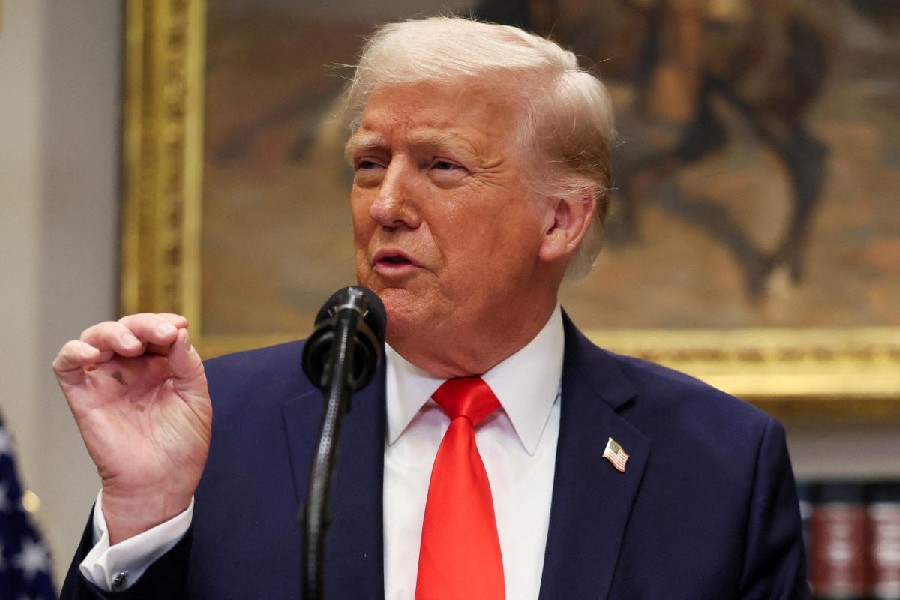Populism is the coveted mantra of Indian politics. It appears that the woman voter, in turn, is emerging as the pivot around which revolves populist politics. In Maharashtra, the Mahayuti’s triumph is being attributed to its unveiling of the Mukhyamantri Majhi Ladki Bahin Yojana, a direct benefit transfer scheme for women voters. Data from a Lokniti-CSDS survey show that the Mahayuti alliance was preferred not only by a larger number of rural women but also by those who had applied for the Yojana. Jharkhand’s Maiya Samman Yojana too helped Hemant Soren’s party cross the finishing line with ease. Bengal, the ruling Trinamool Congress has been shouting itself hoarse, has shown the way in this matter with Lakshmir Bhandar emerging as a game-changer since its inception. The concern for women voters on the part of political parties is not altruistic. It is based on shrewd political calculations shaped by demographic transitions. The rise in the number of women voters, for instance, has been instrumental in parties being more responsive to women’s needs and aspirations.
Strikingly, the sums pledged as transfers — a pittance given the price rise and inflation — are seldom enough to help women make ends meet. Is this not indicative of a culture of embedded condescension? The beneficiaries — women — are expected to fall in line in exchange for economic largesse that is far from adequate. In fact, there is a case to view this kind of political populism as regressive since it is unconcerned with the meaningful emancipation — materially or otherwise — of women voters. The spike in electoral benefits targeting women voters has not been accompanied by measures to enhance women’s representation in politics. Numbers tell the story. Only 13.6% of parliamentarians in the Lok Sabha are women. The rise in the number of women voters in elections has not been matched by a surge in women’s candidacies in political parties. Perhaps the best example of the doublespeak is the fate of the women’s reservation bill: although it has been passed in Parliament, it will have to wait for the completion of the next census as well as the delimitation exercise to come to fruition. Little wonder then that, as of April 2024, India ranked 144 in the ‘Monthly ranking of women in national parliaments’ published by the Inter-Parliamentary Union, a global organisation for national parliaments.











